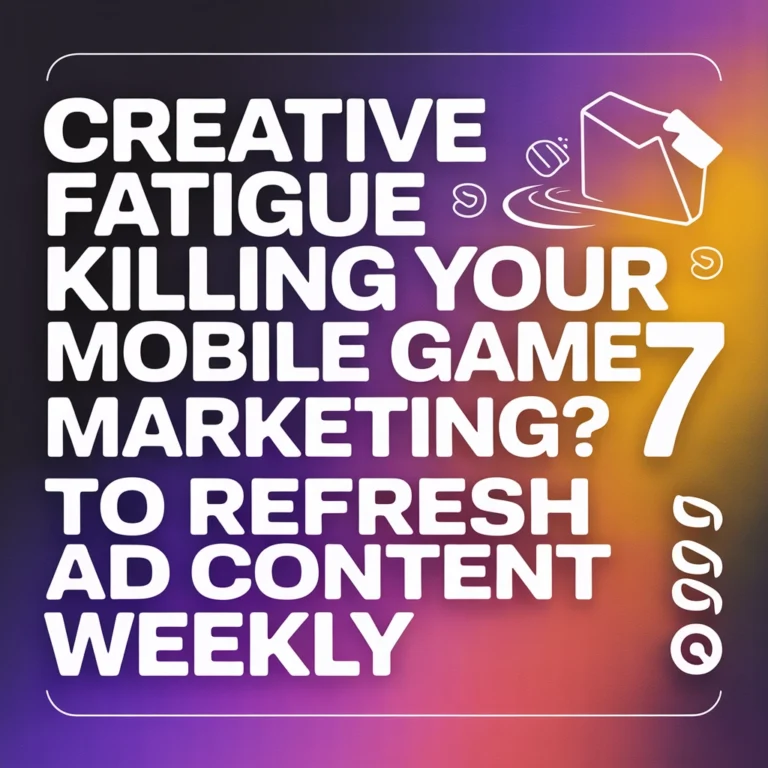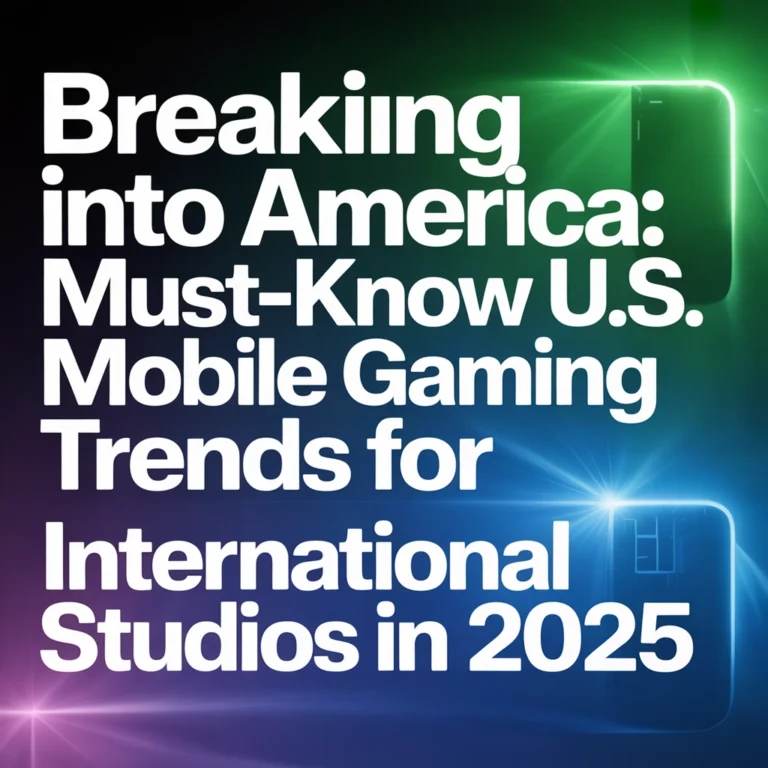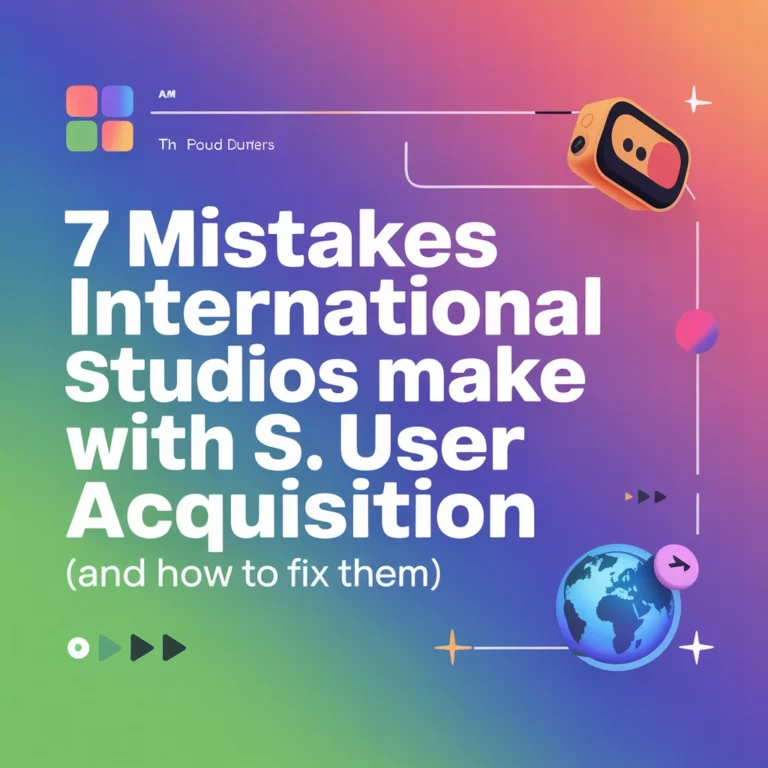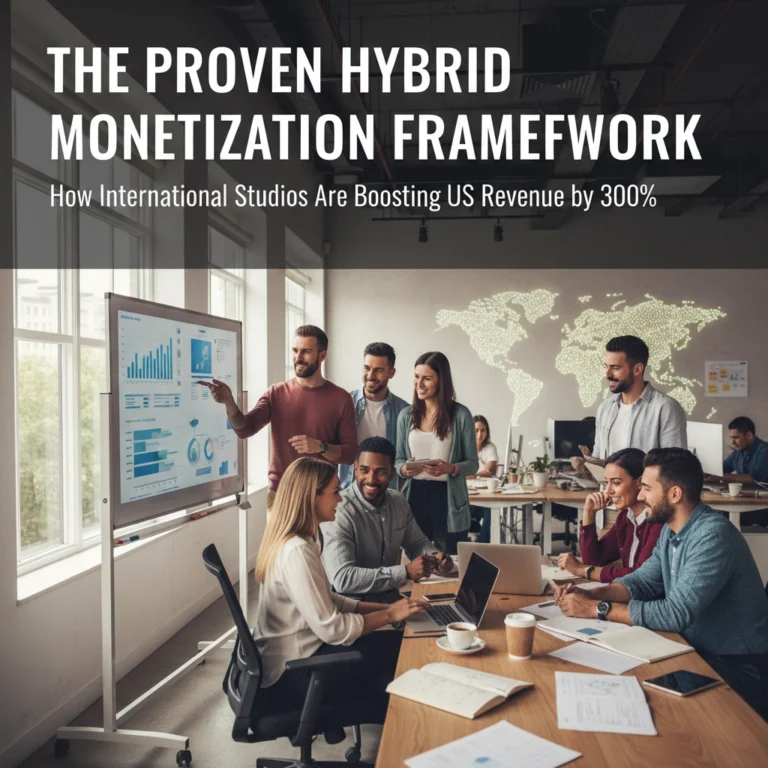The International Studio's Guide to AI-Powered U.S. Market Entry
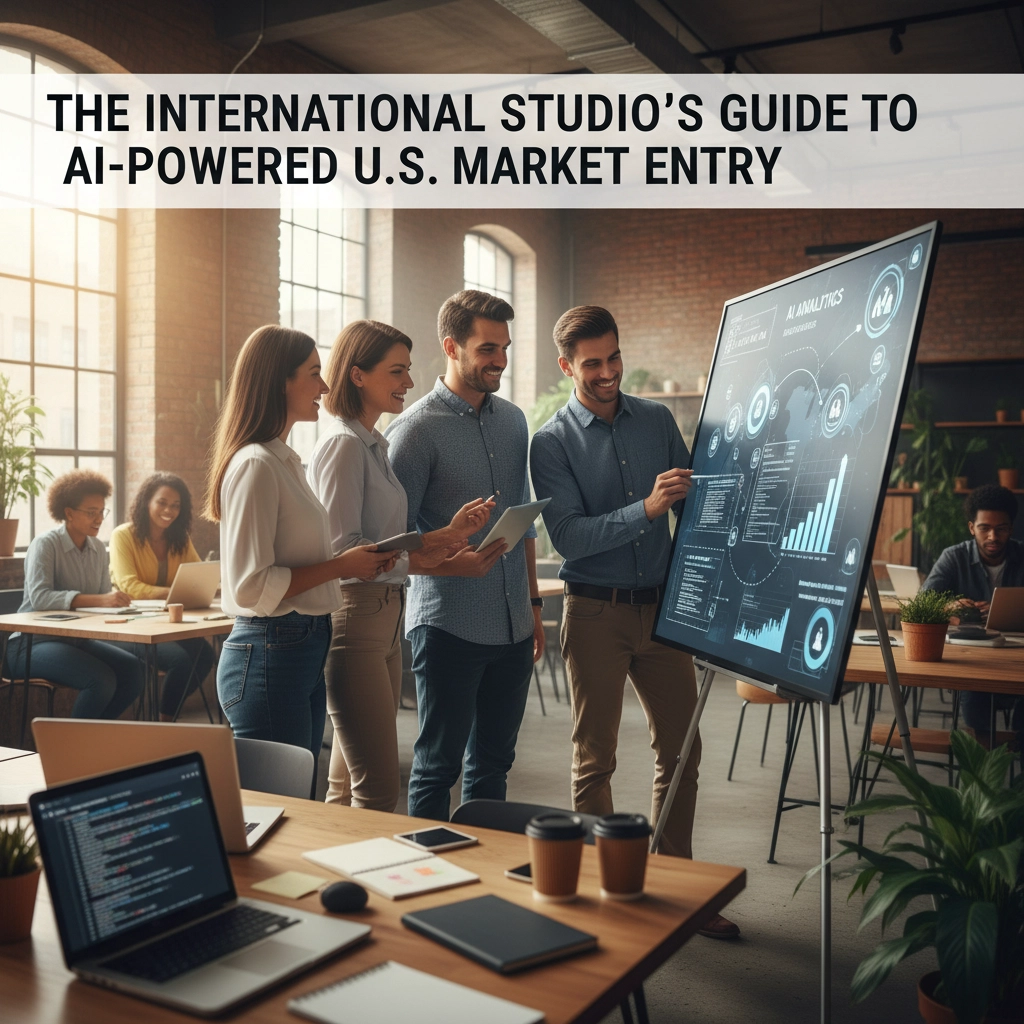
Breaking into the U.S. mobile gaming market isn't just about having a great game anymore. With over 191 million mobile gamers and $28 billion in annual revenue, America represents the world's most lucrative: and most competitive: gaming landscape. The studios winning in 2025? They're the ones leveraging AI to make smarter, faster decisions at every stage of their market entry.
The old playbook of "build it and they will come" died somewhere around 2018. Today's successful international studios are using artificial intelligence to decode American gaming preferences, optimize their localization efforts, and acquire users at scale while maximizing lifetime value. If you're still doing market research with spreadsheets and gut feelings, you're already behind.
AI-Powered Market Research: Know Before You Go
The biggest mistake international studios make? Assuming their home market success will automatically translate to U.S. audiences. American mobile gamers have distinct preferences, spending patterns, and engagement behaviors that can make or break your launch.
AI-powered market intelligence platforms are revolutionizing how studios understand the U.S. market before they spend a single dollar on development or marketing. These tools analyze millions of data points from app stores, social media, streaming platforms, and gaming forums to reveal hidden opportunities and red flags.

Competitive Intelligence That Actually Works
Modern AI tools can track your competitors' user acquisition campaigns, monetization strategies, and feature rollouts in real-time. They'll flag when a rival studio launches a new game mechanic, adjusts their pricing model, or shifts their marketing spend between channels. This intelligence lets you adapt your strategy based on what's actually working in the market, not what worked six months ago.
Genre and Audience Mapping
AI can identify micro-niches within broader game categories that have strong monetization potential but limited competition. For example, while the general "puzzle" category might seem saturated, AI analysis might reveal that "eco-themed match-3 games with social guild features" represents an underserved segment with high-spending potential among suburban millennial women.
The key is moving beyond surface-level analytics to behavioral pattern recognition. AI can predict which game mechanics will resonate with American audiences based on their engagement with similar features in other titles, social media activity, and demographic characteristics.
Smart Localization: More Than Translation
Localization for the U.S. market goes far beyond swapping out text and currencies. It's about adapting every element of your game experience to match American cultural norms, humor, visual preferences, and gameplay expectations.
AI-powered localization tools are getting scary good at this cultural adaptation. They analyze thousands of successful U.S. mobile games to understand the subtle differences in character design preferences, UI layout expectations, color psychology, and narrative themes that American players respond to.
Cultural Context Recognition
Advanced AI can flag potential cultural issues before they become PR disasters. It'll catch references that don't translate, imagery that might be misinterpreted, or game mechanics that conflict with American gaming conventions. This proactive approach saves studios from expensive post-launch fixes or, worse, negative user reviews that tank their app store rankings.

Dynamic Content Optimization
The smartest studios are using AI to continuously optimize their localized content based on player feedback and behavioral data. If American players are struggling with a particular tutorial section or abandoning the game at a specific story beat, AI can suggest and test alternative approaches automatically.
AI-Driven User Acquisition: Precision Targeting at Scale
User acquisition in the U.S. mobile gaming market is a $7 billion battlefield where traditional broad-targeting approaches burn through budgets faster than you can say "install rate." AI is changing the game by enabling hyper-precise audience targeting and real-time campaign optimization.
Lookalike Audience Modeling 2.0
While platforms like Facebook and Google offer basic lookalike targeting, AI-powered UA platforms can create much more sophisticated user profiles. They analyze not just demographic data, but behavioral patterns, app usage history, social media activity, and purchase timing to identify high-value prospects who are likely to both install and spend money in your game.
These tools can even predict which creative assets will resonate with specific audience segments, automatically generating and testing thousands of ad variations to find the perfect combination of imagery, messaging, and call-to-action for each micro-audience.
Cross-Platform Attribution
American mobile gamers don't live in walled gardens: they discover games through TikTok, make decisions on Reddit, and might finally install after seeing an ad on Instagram Stories. AI attribution tools can track these complex user journeys and optimize your marketing spend across the entire funnel, not just the last-click conversion.

Retention Prediction
The most advanced AI tools can predict user lifetime value and retention probability within hours of install. This means you can identify and nurture high-value players immediately while avoiding throwing good money after bad on users who are likely to churn quickly.
Monetization Optimization: The AI Revenue Engine
American mobile gamers are willing to spend money, but they're sophisticated consumers who expect value for their purchases. AI is helping international studios optimize their monetization strategies to match these expectations while maximizing revenue potential.
Dynamic Pricing Intelligence
AI-powered pricing engines analyze individual player behavior, spending history, and engagement patterns to optimize pricing for in-app purchases, battle passes, and premium currency in real-time. They can identify when a player is most likely to make a purchase and present the optimal offer at that exact moment.
Personalized Monetization Journeys
Rather than applying one-size-fits-all monetization strategies, AI can create individualized spending pathways for different player types. A casual player might see cosmetic offers and convenience items, while a competitive player receives power-ups and exclusive content that helps them climb leaderboards.
Predictive Lifetime Value
Advanced AI models can predict a player's total lifetime value within their first few gaming sessions. This intelligence lets you adjust your user acquisition spending, customer support prioritization, and retention campaigns to maximize profitability for each player segment.

Getting Started: Your AI Toolkit for U.S. Market Entry
The good news? You don't need to build all these AI capabilities in-house. The mobile gaming ecosystem has matured to offer specialized AI tools for every aspect of market entry and optimization.
Market Intelligence Platforms like App Annie Intelligence and Sensor Tower provide AI-powered competitive analysis and market opportunity identification. They'll show you exactly where the gaps exist in the U.S. market and which opportunities align with your studio's strengths.
Localization AI tools can handle everything from cultural adaptation consultation to automated A/B testing of localized content variations. They learn from successful U.S. launches to guide your decisions.
UA and Monetization Platforms offer AI-powered campaign management, creative optimization, and revenue maximization tools that can dramatically improve your return on ad spend and player lifetime value.
The key is choosing tools that integrate well together and provide actionable insights, not just more data to analyze.
Your AI-Powered Path to U.S. Success
Breaking into the U.S. mobile gaming market has never been more complex: or more rewarding for studios that approach it strategically. AI isn't just a nice-to-have advantage anymore; it's essential for competing against well-funded domestic studios and other international companies who are already using these tools.
The studios succeeding in 2025 are those that embrace AI as a competitive advantage throughout their entire market entry process, from initial research through user acquisition and monetization optimization.
Ready to leverage AI for your U.S. market entry? Systara specializes in helping international studios harness the power of AI to break into and succeed in the American mobile gaming market. Our AI-driven platform provides the market intelligence, localization insights, and optimization tools you need to compete at the highest level.
Visit Systara Games to discover how we can accelerate your U.S. market success with cutting-edge AI solutions designed specifically for international mobile gaming studios.


